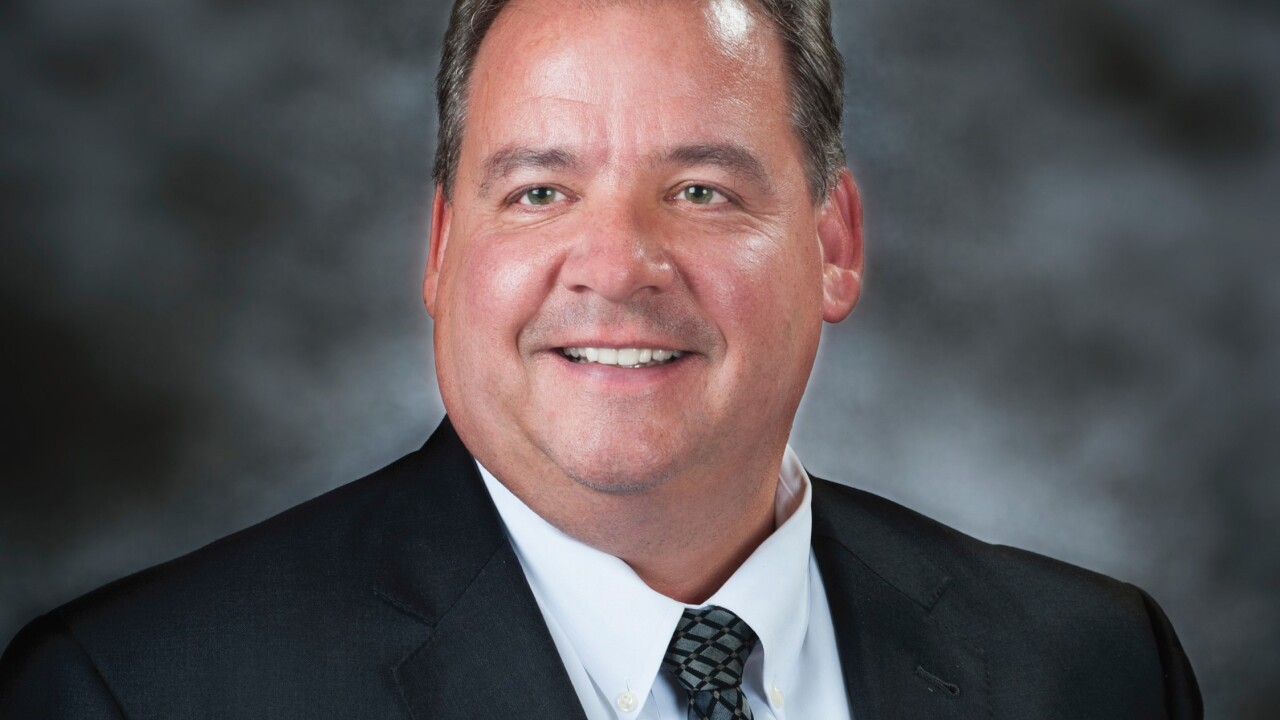CHARLOTTE - First there were the infamous teller-line fees, intended to drive customers to lower-cost automated teller machines. Then banks started hiring hundreds of tellers in the hopes they could be used to refer customers for sales of fee-generating products. So what's next?
Teller terminals.
Since the fall Bank of America Corp. has been testing teller-line terminals - they're called assisted self-service tellers - in three Los Angeles-area branches, in the belief that they can make lines move faster and boost customer satisfaction and teller productivity.
The 4-foot-high machines, with screens and keypads, are mounted in front of teller windows and allow customers to initiate transactions using their bank cards. Customers identify themselves and key in the type of transaction they want, and then the teller hands them the appropriate receipts or cash.
The terminals are not full-fledged ATMs and do not replace flesh-and-blood tellers. Some are questioning the nation's transition to what Boston Globe columnist Ellen Goodman recently called "the do-it-yourself economy." Companies have outsourced a variety of small tasks to consumers, and "the average American now spends and extraordinary amount of time doing work that once paid someone else's mortgage," she wrote in a Feb. 5 column.
B of A found in the trial's first 90 days that they can quicken service by allowing tellers to process several transactions at once.
The machines appear to be going over well with customers, said Amy Brady, the Charlotte company's executive for innovation and development.
"It's somewhere on the continuum between an ATM and a full-service teller, very much like what the airlines are doing around self-service check-in," Ms. Brady said in an interview. "It still provides the warm, friendly engagement that the customers want, but it simplifies the teller side of the transaction."
Bank of America has spent the past several years working on ways to make service and the overall branch experience better, including using the Six Sigma process to spot and reduce errors. Many of its branches show business-news programs on TV sets mounted above the teller windows, and some offer free coffee on rolling carts near teller lines.
But how will customers who normally avoid ATMs react to the teller terminals?
"People are getting increasingly used to self-service technology," said Les Dinkin, a consultant with NBW Consulting Group Inc. of Westport, Conn. "People like having options, whether or not they use them."
Mr. Dinkin said the devices may appeal to customers are reluctant to deposit or withdraw large amounts from ATMs, and they could get more customers comfortable with ATMs.
Barbara Robinson, a B of A executive who is leading a companywide study of teller processes, said that "there are customers today who are not real heavy ATM users. They're not opposed to technology, but they want that human interaction."
So far they have given the teller-line terminals "high marks. They like the ability to do the transaction, on the front end, themselves - to control that," said Ms. Robinson, who is also B of A's consumer executive for southern California, Arizona, and southern Nevada.
The Los Angeles trial is still in its early stages, and Bank of America says it has not decided whether to adopt the technology, which was developed with the help of two internal design teams and a Charlotte company called Source Technologies Inc.
Ms. Brady said she believes B of A is the first bank to consider automating part of the teller job this way. She and her team still have to justify the cost of the devices before the company decides on putting them in more branches.
"Customers are telling us we're on to something good," she said. "Now we need to make it so it achieves the business metrics as well."





